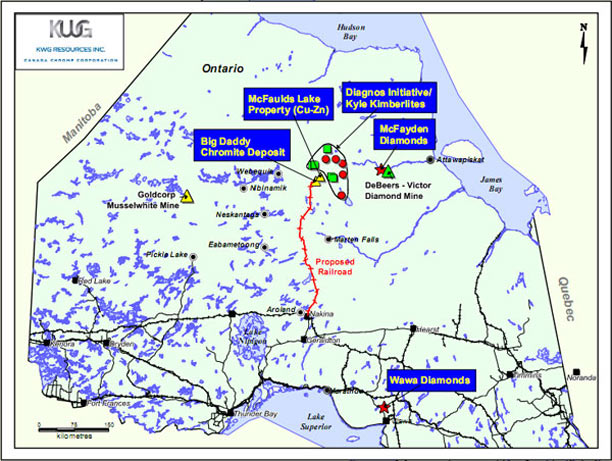The global copper market is experiencing a near-term oversupply giving way to potential long-term scarcity that has analysts and mining companies scrambling to figure out a balance. Copper producers have enjoyed strong demand from China during the first part of the year, as decarbonization efforts have offset weaknesses in the property market. But this trend may be short-lived unless Beijing implements more assertive stimulus measures to sustain demand.
Mined copper supply is projected to increase by 4-4.5% in 2024, potentially leading to a modest surplus until 2025. This supply growth is largely attributed to greenfield and brownfield projects that were initiated over a decade ago. These projects are expected to contribute over 800,000 tons of additional supply in the second half of the year, providing a temporary boost to the market. However, the benefits from these projects may start to dissipate from 2027 onwards, indicating a potential shift in supply dynamics and a return to a tighter market.
Regional Challenges
Regional factors are what are shaping the copper market so far this quarter. Peru, one of the world’s leading copper producers, is expected to increase its production by 200,000 metric tons in 2023 compared to the previous year. This growth comes despite ongoing socio political unrest that has affected mining activities in the country. At the same time, China remains a dominant force in the market, with its refined copper production expected to rise by 8% year-on-year to 11.4 million metric tons in 2023, contributing significantly to global supply.
Despite the near-term supply growth, the global copper market faces some challenges in meeting the increasing demand. Operational issues, equipment failures, adverse weather conditions, and community actions have all impacted existing operations, making it difficult for producers to keep up with the growing needs of the market. On top of all this, the industry is struggling with a scarcity of quality shovel-ready projects, raising concerns about resource availability and the ability to meet the demand driven by the energy transition towards cleaner technologies such as electric vehicles and renewable energy.
Solaris Resources and the Warintza Project
As major mining companies struggle to expand their production to keep up with the growing global demand, projects like the Warintza Project in Ecuador, being advanced by Solaris Resources, are becoming more valuable. Solaris Resources, a Canadian mining company focused on advancing a portfolio of copper and gold assets in the Americas, has recently commenced its 2024 drilling program at the Warintza Project in Ecuador. The company expects to release an updated mineral resource estimate in late Q2/24, which is anticipated to deliver major growth at Warintza Central, Warintza East, and the recent discovery of Warintza Southeast within a common pit shell.
Solaris Resources has been making significant progress in advancing the Warintza Project, and recently announced a strategic investment of approximately $130 million by Zijin Mining Group, a leading Chinese mining company. The investment, made through a private placement of common shares at a 14% premium to the market price, defines the growing interest of major mining companies in high-quality copper assets. Upon the closing of the private placement expected in Q2/24, the company plans to aggressively expand its already funded 2024 and 2025 programs to bring ten rigs into operation, and significantly scale up its regional exploration programs, including land consolidation, and commencing infrastructure and site development for fast-tracking the project.
The importance of projects like Warintza in Ecuador is also highlighted by the long-term outlook for the copper market. While the market is expected to be in balance for 2024, it is projected to move into a deficit by 2026. This shortfall is expected to grow over the next 10 years, with S&P Global forecasting that copper consumption could double to 50 million metric tons by 2035. As the global copper market enters an age of extremely large deficits, the development of new, high-quality projects like Warintza will be crucial for major mining companies to expand their production and keep up with the growing global demand.
The global copper market still needs to overcome near-term oversupply and the potential for long-term scarcity that is even tougher to crack. As the industry faces challenges in meeting the growing demand driven by the energy transition, the development of high-quality projects will be essential in creating a stable supply of copper for the multiple industries that require it.







